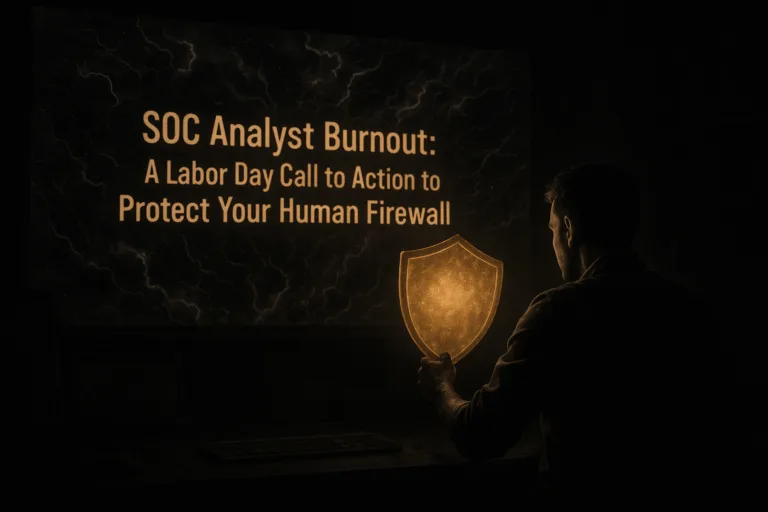Data Breach Response: In an era where digital threats loom larger than ever, falling victim to a data breach can feel like an inevitable risk of the online world. However, knowing precisely how to respond when your personal information is compromised can make a significant difference in mitigating the impact. This guide focuses on the “Data Breach Response”, providing you with a clear, actionable plan to protect your personal safety and privacy.
Immediate Actions Post-Data Breach
The moment you suspect your personal data has been compromised, swift action is crucial:
- Secure Your Accounts: Immediately change passwords for compromised accounts and any other accounts using similar passwords. Opt for complex, unique passwords and consider using a reputable password manager.
- Contact Financial Institutions: Notify your bank and credit card companies about the breach. They can monitor your accounts for suspicious activity and, if necessary, replace cards.
- Engage Credit Monitoring: Sign up for credit monitoring services to keep an eye on your credit reports and alert you to any unusual activity that could indicate identity theft.
- Fraud Alerts and Credit Freezes: Place a fraud alert on your credit reports and consider freezing your credit to prevent new accounts from being opened in your name.
- Document and Report: Keep detailed records of the breach, including what information was exposed and any communications regarding the breach. Report the incident to the appropriate legal and regulatory bodies.
Data Breach Response: Long-Term Protective Measures
Protecting yourself from future data breaches requires a proactive, ongoing approach:
- Regularly Update Your Software: Ensure that all your devices are running the latest software versions, which include important security patches.
- Be Vigilant Against Phishing: Educate yourself and your family about the dangers of phishing attempts. Always verify the authenticity of requests for personal information.
- Two-Factor Authentication (2FA): Enable 2FA on all your accounts for an added layer of security, making it harder for attackers to gain unauthorized access.
- Review Your Privacy Settings: Regularly review the privacy settings on your social media and other online accounts, limiting the amount of personal information you share.
Partner with Grab The Axe for Enhanced Digital Security
At Grab The Axe, we’re dedicated to empowering individuals with the knowledge and tools necessary to protect themselves in the digital age. Our comprehensive suite of cybersecurity solutions, including identity theft protection and credit monitoring services, offers peace of mind in the wake of a data breach.
Empower Yourself Today
Take control of your digital security. Visit Grab The Axe to learn more about our services and how we can help you respond to and recover from data breaches. Our team of experts is committed to providing you with the support and guidance you need to navigate the complexities of personal data protection.
Stay informed and protected by subscribing to our insights and following us on social media. With Grab The Axe, you have a partner in your corner for all things related to digital security and data breach response.
References:
Federal Trade Commission. (n.d.). Data Breach Response: A Guide for Business. Retrieved from https://www.ftc.gov
SecurityMetrics. (n.d.). How to Respond to a Data Breach. Retrieved from https://www.securitymetrics.com
Data Breach Response – To Learn More:
Data Privacy Laws Compliance: Navigating Data Privacy Laws – Ensuring GDPR and HIPAA Compliance
Exploring the NIST CSF 2.0 Update: 5 Critical Changes Every Cybersecurity Professional Must Know






This Post Has One Comment
Pingback: Mobile Device Security Practices 5 Essential Steps for Protecting Your Data - Grab The Axe
Comments are closed.